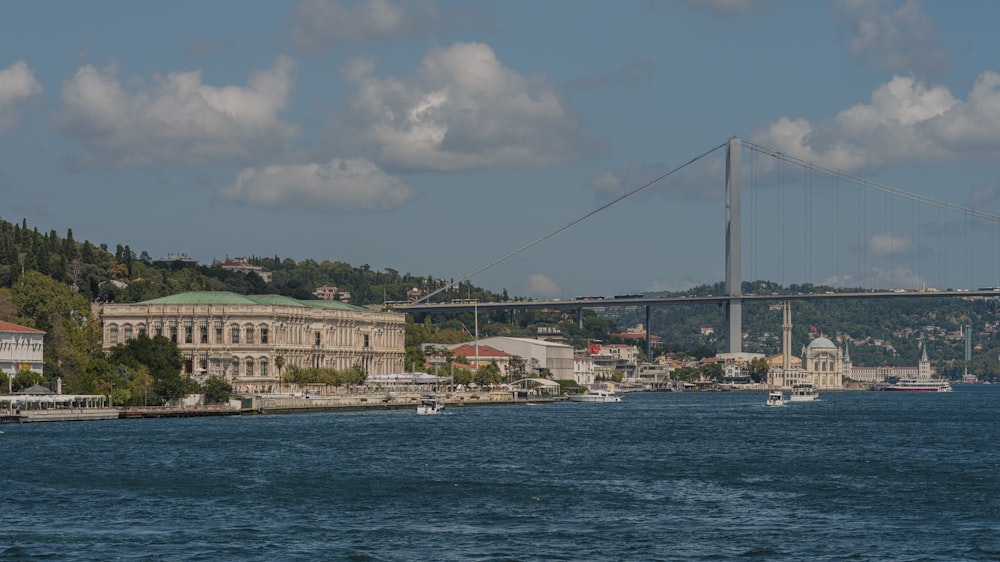Exploring the Fusion of History and Modernity in Turkish Architecture
An Overview of Turkish Architecture
Turkish architecture is a rich tapestry woven with threads of history, culture, and innovation. From the ancient civilizations of Anatolia to the modern metropolises of today, Turkish architecture reflects the diverse influences that have shaped the region over millennia. This fusion of influences has resulted in a unique architectural heritage that continues to captivate and inspire.
Ancient Roots and Historical Legacy
The roots of Turkish architecture can be traced back to antiquity, with early civilizations such as the Hittites, Phrygians, and Lydians leaving behind impressive architectural monuments. However, it was the Byzantine and Ottoman empires that made the most significant contributions to Turkish architectural history. The Hagia Sophia in Istanbul, with its massive dome and intricate mosaics, stands as a testament to Byzantine architectural genius, while the mosques, palaces, and bazaars of the Ottoman era continue to define the urban landscape of Turkey.
Islamic Influence and Architectural Innovation
Islamic architecture has played a central role in shaping the aesthetic of Turkish buildings, particularly during the Ottoman period. Characterized by features such as domes, minarets, and intricate tilework, Islamic architecture reflects both spiritual and aesthetic values. The Selimiye Mosque in Edirne, designed by the legendary architect Mimar Sinan, is considered a masterpiece of Ottoman architecture, showcasing the fusion of Islamic and Byzantine influences.
The Legacy of Ottoman Architecture
The Ottoman Empire, which spanned over six centuries, left an indelible mark on Turkish architecture. Ottoman architects developed innovative techniques for constructing mosques, palaces, and other monumental buildings, leaving behind a legacy of architectural excellence. The Topkapi Palace in Istanbul, once the residence of Ottoman sultans, is a prime example of Ottoman architectural grandeur, with its sprawling complex of courtyards, gardens, and pavilions.
Modernization and Contemporary Trends
In the 20th century, Turkey underwent a period of rapid modernization and urban development, leading to the emergence of new architectural styles and trends. Modernist architects such as Sedad Hakkı Eldem and Turgut Cansever sought to blend traditional Turkish architectural principles with modern design concepts, resulting in iconic buildings such as the Istanbul Archaeology Museum and the Atatürk Cultural Center.
Preservation and Cultural Heritage
In recent years, there has been a growing emphasis on the preservation of Turkey’s architectural heritage. Organizations such as the Turkish Ministry of Culture and Tourism and the Turkish Association of Architects have been working to safeguard historic buildings and promote awareness of architectural conservation. Efforts to restore and maintain historic sites such as the ancient city of Ephesus and the fairy chimneys of Cappadocia ensure that future generations can continue to appreciate Turkey’s rich architectural legacy.
Innovation and Sustainability
As Turkey looks to the future, architects are increasingly exploring innovative approaches to sustainable design and construction. Green building techniques, renewable energy systems, and eco-friendly materials are being integrated into new architectural projects, reflecting a growing awareness of environmental concerns and a commitment to sustainable development.
Celebrating Diversity and Cultural Exchange
Turkish architecture is a reflection of the country’s diverse cultural heritage and its long history of cultural exchange and interaction. From the grand mosques of Istanbul to the cave dwellings of central Anatolia, Turkish architecture encompasses a wide range of styles, influences, and traditions. This diversity is celebrated as a source of national pride and a testament to Turkey’s rich cultural tapestry.
Embracing Tradition and Innovation
In conclusion, Turkish architecture is a vibrant and dynamic expression of history, culture, and creativity. It embodies a unique fusion of tradition and innovation, drawing inspiration from the past while embracing the challenges and opportunities of the present and future. From ancient monuments to modern skyscrapers, Turkish architecture continues to inspire awe and admiration, serving as a testament to the enduring legacy of human ingenuity and creativity. Read more about turkish architecture





